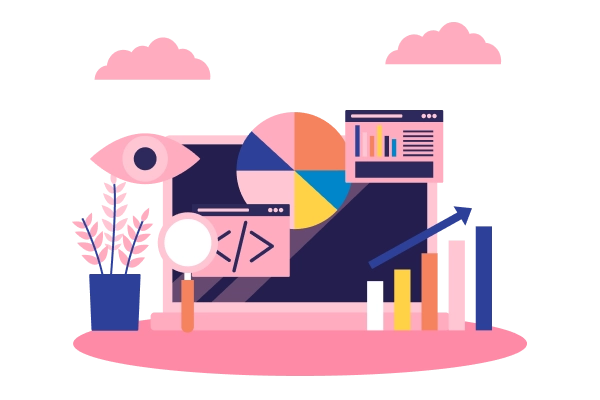
In the fast-paced world of DevOps, the ability to detect, diagnose, and resolve issues in real time is critical to maintaining system health and delivering seamless user experiences. Monitoring and logging are at the heart of this capability, providing visibility into applications, infrastructure, and workflows.
But with the increasing complexity of modern software systems, it's not just about collecting data—it's about collecting the right data, and using it effectively. Here are some of the best practices DevOps teams should follow for robust monitoring and logging.
Define Clear Objectives
Before implementing any monitoring or logging solution, define what success looks like. Ask yourself:
- What are the key metrics that matter to our business?
- What does “healthy” look like for each service?
- Who are the stakeholders, and what information do they need?
This clarity will help guide tool selection, configuration, and alerting thresholds.
Implement Centralized Logging
Scattered logs across different systems make debugging a nightmare. Centralized logging tools like ELK Stack (Elasticsearch, Logstash, Kibana), Fluentd, or Splunk aggregate logs from multiple sources and make it easier to search, analyze, and visualize them.
Benefits include:
- Faster root cause analysis
- Consistent log formatting
- Easier compliance and auditing
Use Structured Logging
Avoid dumping plain text logs. Use structured formats like JSON for logs so they are easier to parse and query. This allows for richer analysis and better integration with automated tools.
Example:
{
"timestamp": "2025-04-15T12:00:00Z",
"level": "ERROR",
"message": "Database connection failed",
"service": "user-auth",
"request_id": "abc123"
}
Monitor Both Infrastructure and Applications
Comprehensive monitoring includes:
- Infrastructure monitoring (CPU, memory, disk, network)
- Application monitoring (response times, error rates, dependency health)
- Business metrics (conversion rates, user activity)
Tools like Prometheus, Grafana, Datadog, and New Relic help monitor these layers effectively.
Set Up Meaningful Alerts
Too many alerts = noise. Too few = missed outages. Strike the right balance by:
- Using thresholds that reflect real problems
- Prioritizing alerts (e.g., critical vs. warning)
- Implementing alert routing (send to the right people or channels)
- Using alert deduplication and suppression during known maintenance windows
Retain Logs Strategically
Not all logs need to be kept forever. Define log retention policies based on:
- Compliance requirements
- Storage costs
- Usefulness for debugging or auditing
Use log rotation and archiving techniques to manage storage efficiently.
Regularly Review and Evolve
Monitoring isn't a one-time setup. Schedule periodic reviews of:
- Alert effectiveness
- Metric relevance
- Log quality
- Tool performance
As your system evolves, your observability strategy should evolve too.
Foster a Culture of Observability
Finally, make monitoring and logging a shared responsibility. Encourage developers, testers, and operations teams to:
- Include meaningful logging in their code
- Monitor their services proactively
- Use monitoring tools as part of day-to-day workflows
A culture of observability drives better system reliability and collaboration.
Wrapping Up
Effective monitoring and logging are foundational to any successful DevOps strategy. They're not just tools—they're practices that inform decision-making, improve uptime, and drive continuous improvement.
By following these best practices, teams can gain deeper insights, reduce MTTR (mean time to resolution), and deliver better experiences to users—all while maintaining confidence in their systems.

Author - Sulay Sumaria
I'm Sulay Sumaria, a full-stack engineer and project manager with expertise in JavaScript, cloud platforms, and automation. I'm AWS Certified and experienced in building scalable solutions and leading cross-functional teams.
Recent Articles
- How to Monitor and Control AWS Data Transfer Costs
- Smart Storage Optimization Strategies on AWS
- Maximizing Efficiency with AWS Auto Scaling Optimization
- Understanding AWS Reserved Instances and Savings Plans: Smarter Cost Management for Long-Term Use
- Optimizing Cloud Efficiency Through Instance Right-Sizing
Ready to Transform Your Business?
Let's discuss how we can help you achieve similar results.
Get In Touch